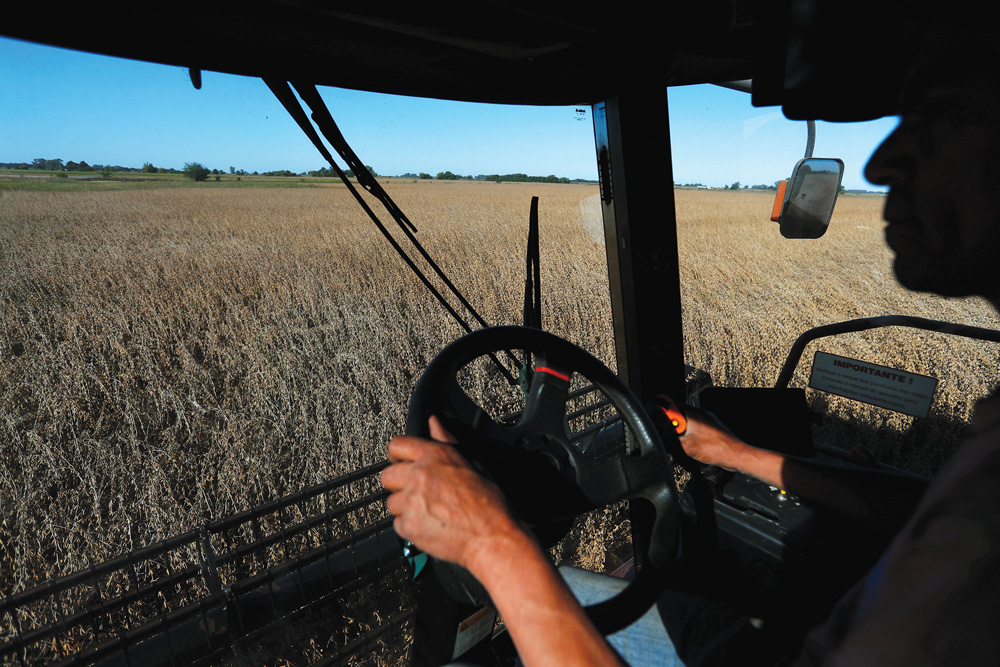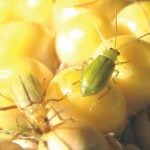Regardless of who is making the call, Brazil will have an extremely large soybean crop in 2021. With estimates ranging from 132 million to 135 million tonnes, it will be a record soybean crop, topping the 126 million tonnes produced in 2019-20.
Coupled with Argentina on track to reap a very sizable crop of 47 million tonnes, there will be a massive amount of soybeans coming on the global market over the next few months.
The official projection from Brazil’s CONAB pegged the country’s soybean harvest to be 133.7 million tonnes, according to a report earlier this month. For good measure, the U.S. Department of Agriculture (USDA) estimated Brazil’s crop to come in at 133 million tonnes.
Read Also

Canola market sees up and down week
Canola futures endured a topsy-turvy week ended July 17, 2025, with most ICE contracts seeing net gains of about C$15 per tonne.
With the soybean harvest in Brazil in its early stages, a few private consultancy firms offered their takes on this year’s crop. The largest came from Datagro at 135.6 million tonnes, followed by IHS Markit at 133 million and StoneX at 132.6 million.
Reports indicated that upward to 60 per cent of Brazil’s crop has already been sold. How all of this plays out in the markets remains to be seen, but that’s not too far off.
There’s almost no doubt that South American soybeans will put great pressure on the soy complex at the Chicago Board of Trade (CBOT), as well as on ICE Futures canola. With North American markets set to deal with tightening soybean and canola ending stocks, which are likely to lead to price rationing, that deluge of South American soybeans could limit how high prices could go.
The influence of what goes on in South America already showed its sway in soybean and canola prices over the last 10 days. Dry conditions that hampered soybean crops in Brazil and especially Argentina have pretty much been eliminated from the equation, due to decent and timely precipitation.
Chicago soybeans lost the big spike it got from USDA’s January supply-and-demand estimates, with the March contract falling from US$14.1825 per bushel on Jan. 12 to close at US$13.7025/bu. on Jan. 21, largely because of rains in Argentina and Brazil.
Over the same time frame, ICE canola went from $686.90 per tonne in the March contract to $657, although the Canadian oilseed benefited from gains in Chicago soyoil that eased its downfall.
A measure of profit-taking in both soybeans and canola also added pressure in its own right.
Nevertheless, the South American soybean harvest is the proverbial dark cloud over the North American oilseed markets. It’s just a question of when that cloud lets loose the inevitable downpour, how much comes down?




















